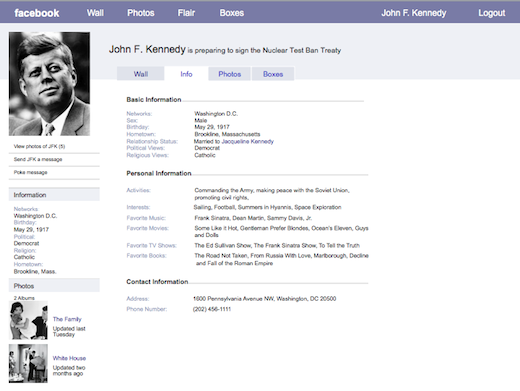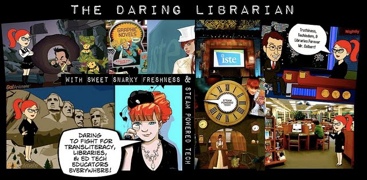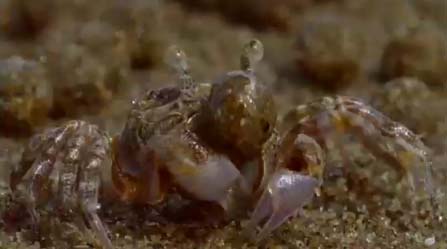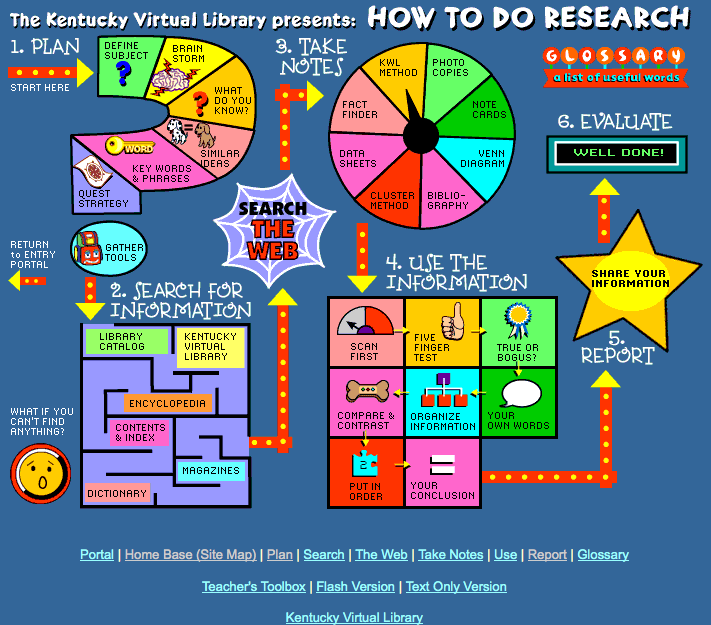
photo credit: leg0fenris via photopin cc
In early April I met with my 3rd grade team and they mentioned doing a green screen project in Science. Well, well, well! Little did they know I had just ordered a green screen! I’m a mind reader, in case you didn’t know. 🙂
So, they give me the rundown on the project. The kiddos were studying weather and climate and the teachers decided to have students take their research, data and graphs and turn it into a weather forecast. Love it! Let’s get started!
So I said. But, if you know anything about technology things don’t always go as planned. It started with the arrival of the green screen kit. It is a great kit with two lights, light boxes, stands, a green backdrop, and backdrop stand. Awesome! I was SO excited to open the box and break out the setup. I unzipped the case and gave it a once over…whoo hoo! We’re ready to go.
A day later I’m showing my colleague the setup and…screech of breaks…THERE’S NO GREEN SCREEN! AND NO STAND! Clearly I wasn’t paying attention when I opened the box! So, I email the company and wait. I hear back from them a day and a half later…they’re sending the green screen and stand and apologized for the inconvenience.
Great! We have everything; green screen, lights, the DoInk Green Screen App! Let’s roll! What is that I hear? Screeching breaks? AGAIN! Ever have one of those ideas that fights back? Well, this is one of them! I bought the Green Screen app, but our iPads do not have the most up to date iOS! No go with the app. On top of that, it’s the beginning of Passover Break…7 days off!
And we’re back! Time to update the iPads; one of my favorite tasks!
Eventually, we’ll get to the project. Until next time!






